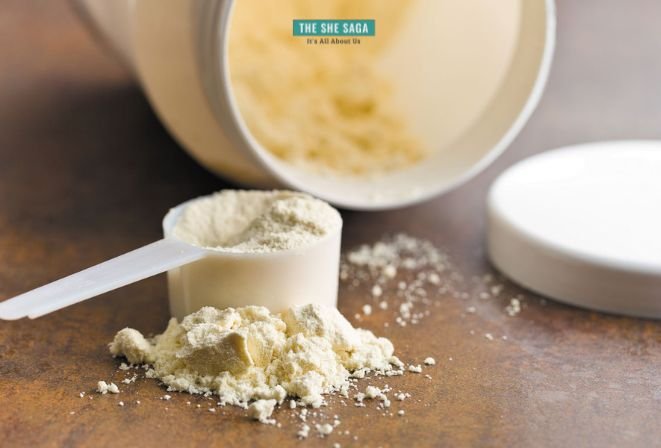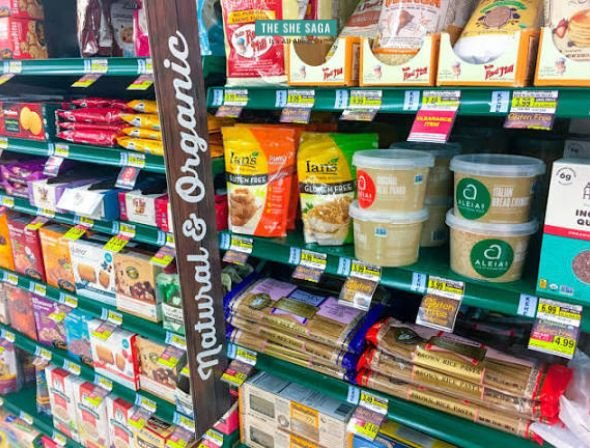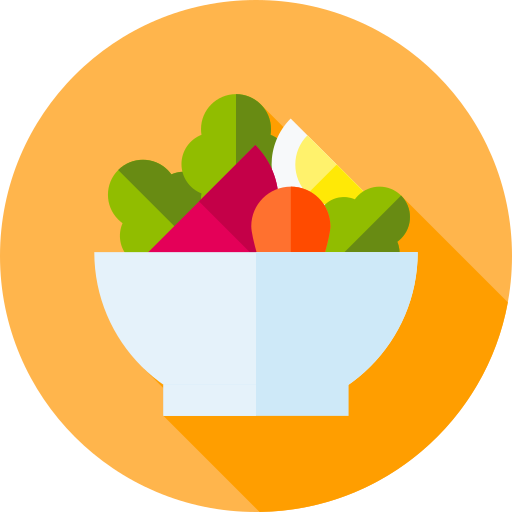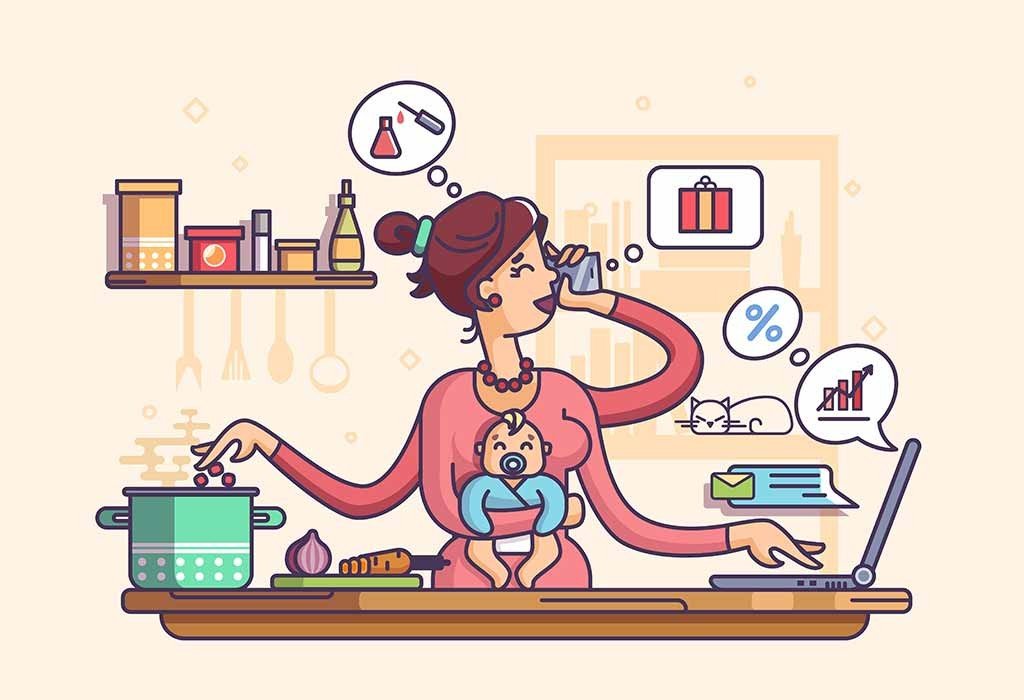The Rise of the Protein Panic
Protein is the marketing world’s new weapon. From gyms to grocery aisles, the world has entered an age of protein panic. But this isn’t the first time that marketers have latched on to food fear- we have seen ‘low fat’ and ‘sugar-free’ used extensively on labels throughout the 90s and the 2000s. Much like those trends, protein is now the new poster child of healthy living.
Why Protein Deserves a Spot on Your Plate (Just Not All of It)
Now, don’t get me wrong. I’m not here to preach how the sober dal-chawal and roti sabzi are the ideal Indian meals, and all this hype over protein is entirely misplaced. Protein is a crucial nutrient in the human diet, and an adult must consume it in grams that are 1.6 to 2.2 times their body weight.

Contrary to the belief that as you get older, you must ‘eat lighter’ and hence reduce the amount of protein in your meals, the body actually needs more of it to prevent the muscle loss that comes with ageing.
A recent study by ICMR suggests that the Indian kitchen needs to make more space for protein in its shelves, as Indians consume only 60% of the macronutrient that is recommended. A total nutritional red flag. Our over-reliance on lentils and legumes as protein sources has led to a protein gap, which leads to the risk of Type 2 diabetes and other lifestyle diseases.
It also constitutes a major composition of several organs in the body- muscle, along with skin, hair, nails, and is key for repair and growth. But hyper-fixation on a particular nutrient has never gone the right way.
Protein takes time, fiber, and sufficient water to be digested by the body, which, when balanced, leads to satiety for longer hours, but otherwise can lead to gut issues. Therefore, you must also up your fiber and hydration levels as you consume more protein. Apart from macronutrients, there are also several micronutrients that are necessary for the body to function properly.
The Marketing Spin
The science is in place. The way it’s packaged and sold to us is not. Walk through any supermarket aisle, and you will see ‘high protein’ and ‘protein-rich’ plastered over food products- chips, biscuits, even ice cream. Open food delivery apps, and you will see high-protein burger variants from what we call ‘fast-food’ joints (I can already imagine my third-grade science teacher face-palming so hard after all those colorful charts on healthy vs. junk food for us). I was in splits when I came across a McCain advertisement that flaunted their kid-friendly frozen food items’ protein content as a badge of honor.
This almost seems like the new way of diverting attention from the preservatives and trans fats in ultra-processed foods, by putting them in ‘protein-washed’ packaging.
Psychology of the “Health Halo”
But can you blame the marketing industry entirely? They are playing into the consumer’s psychology.
The consumer who is always in fear of missing out on something essential. Once it was fat. Then it was sugar (remember when we all were trying to put jaggery in our chai, instead of sugar, and the heartbreak that followed when we found that the calories are the same). In a world that makes us feel like we are not doing enough – working hard enough, resting enough, eating enough- it’s easy to fall for quick fixes.
And for convenience’s sake, it’s tempting to swap natural sources with packaged variants.
My intention is not to villainize making life easier with a few packaged items. Clean, packaged plant-protein powder or whey protein can be a blessing to everyone trying to fulfill their protein intake, especially vegetarians and vegans. I also don’t recommend you try to curdle milk and make paneer out of it after a hectic day at the office. But protein chips with 3g of protein are something we can do without. It’s easy to miss out on the unhealthiness of what accompanies the protein inside the glossy packaging (Besides, real protein gives you glossy hair; stop skipping it, Indians).

The Real Fix: Balance, Not Buzzwords
Protein, the beautiful nutrient that it is, definitely deserves a place on our plate.
Not because of the buzzword that it has been transformed into, but because it is an essential part of the balanced human diet. While it may be the hen that lays the golden egg (can this be even considered a pun? Well, your girl tried.) for the food industry, it should be a mindful addition to our diets rather than an obsession.

By Mohona Chowdhury
Mohona Chowdhury is an Economics student with a passion for exploring contemporary issues through a sociopolitical lens. A lover of diverse musical genres, she is also a student of classical music and finds solace in the works of Tagore, literature, and cinema. She occasionally expresses herself through poetry. Feel free to connect with her at mohonasmail@gmail.com.















2 Responses
Good article Mohona!! 👍👍 I am glad I never went for those protein fads.
Agree with the sentiment here. Too much of packaging is always a bad thing and we tend to never look at the back cover to check actually how much amount of each nutrient is there in the mix…this creates more confusion